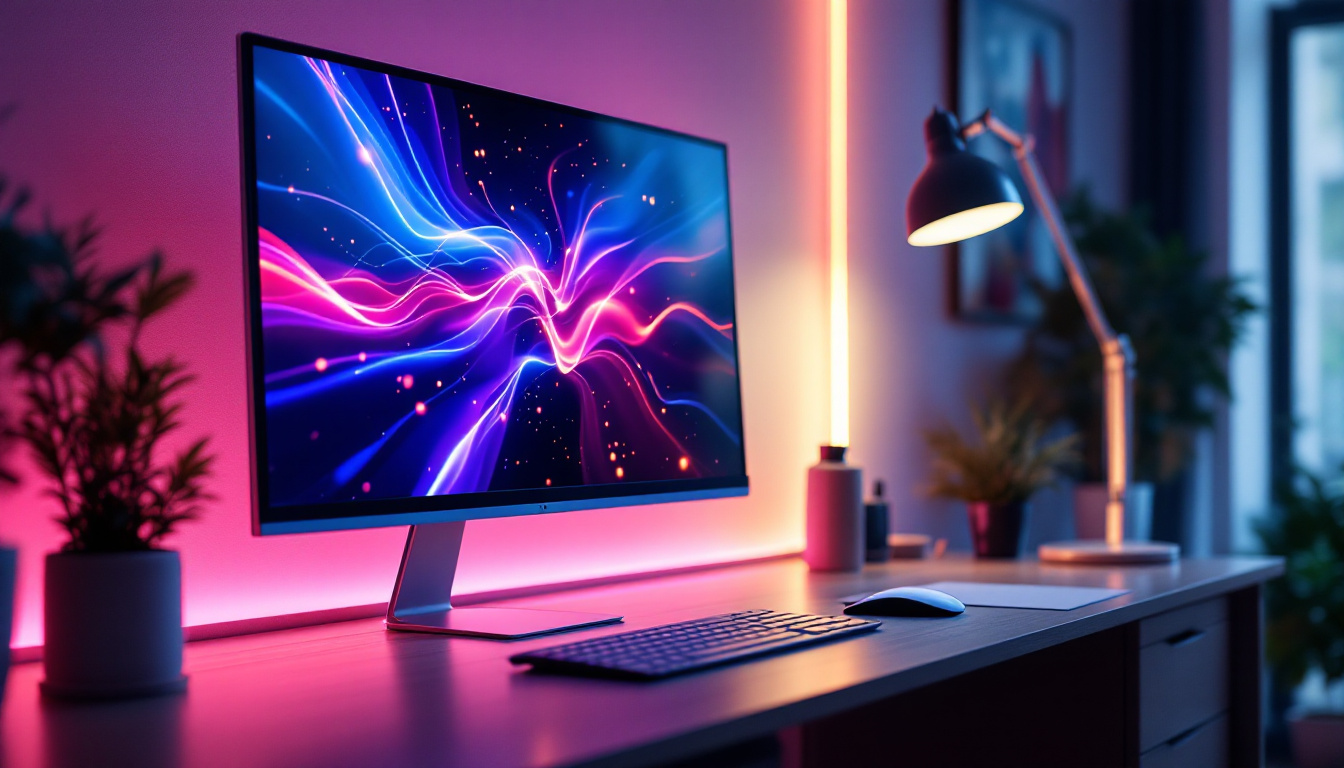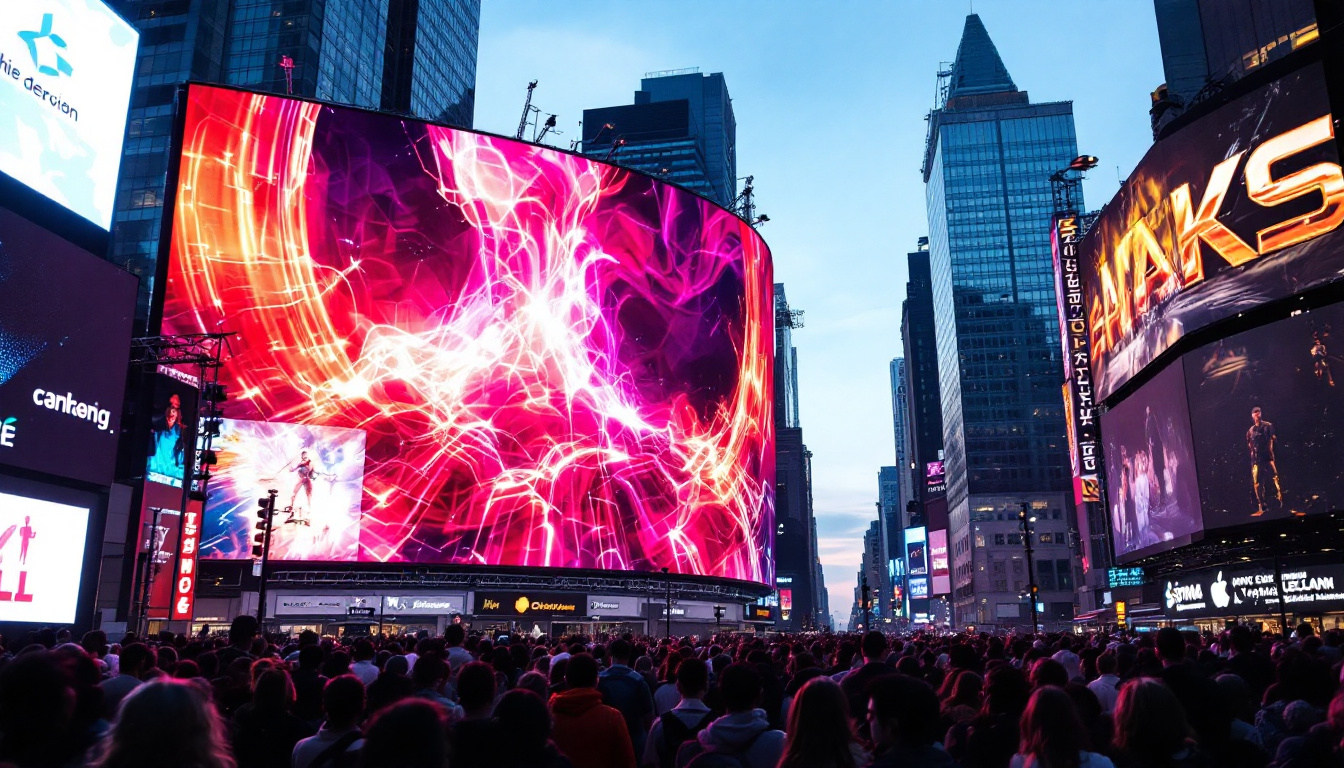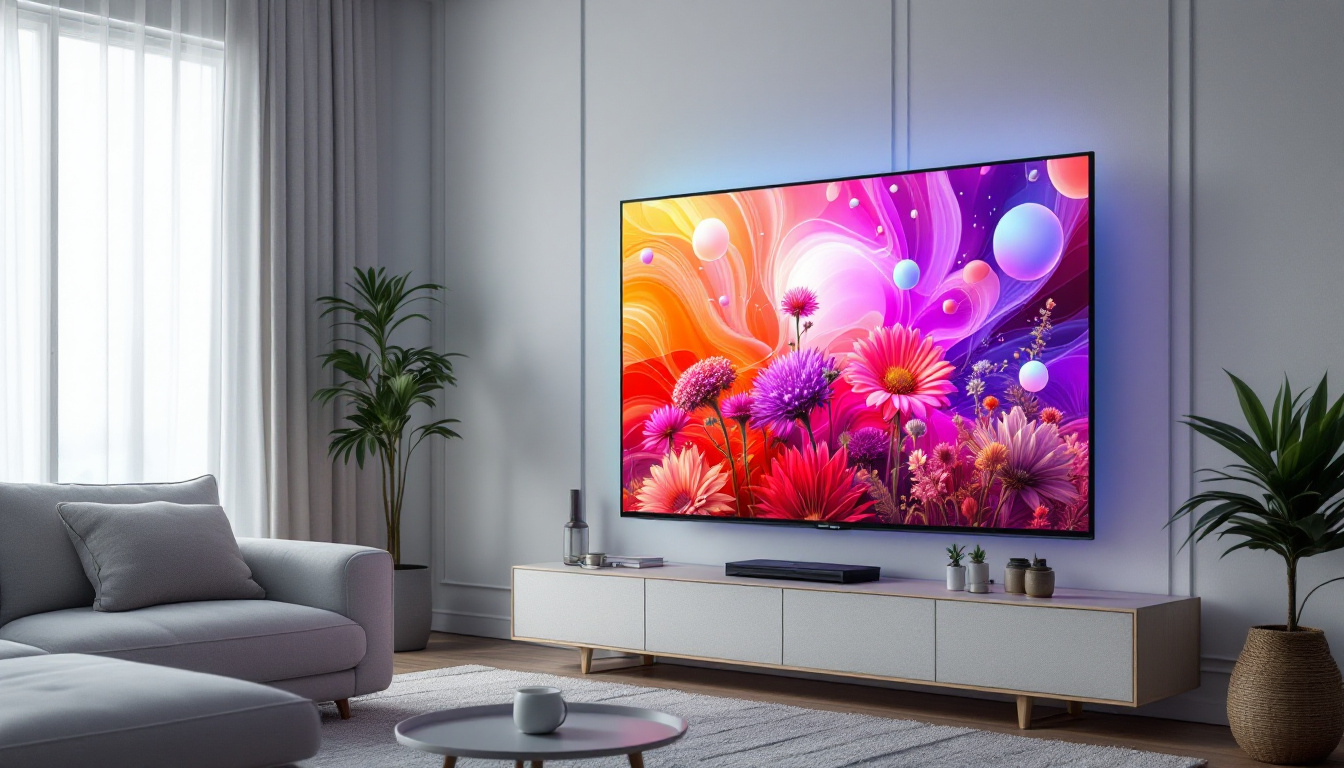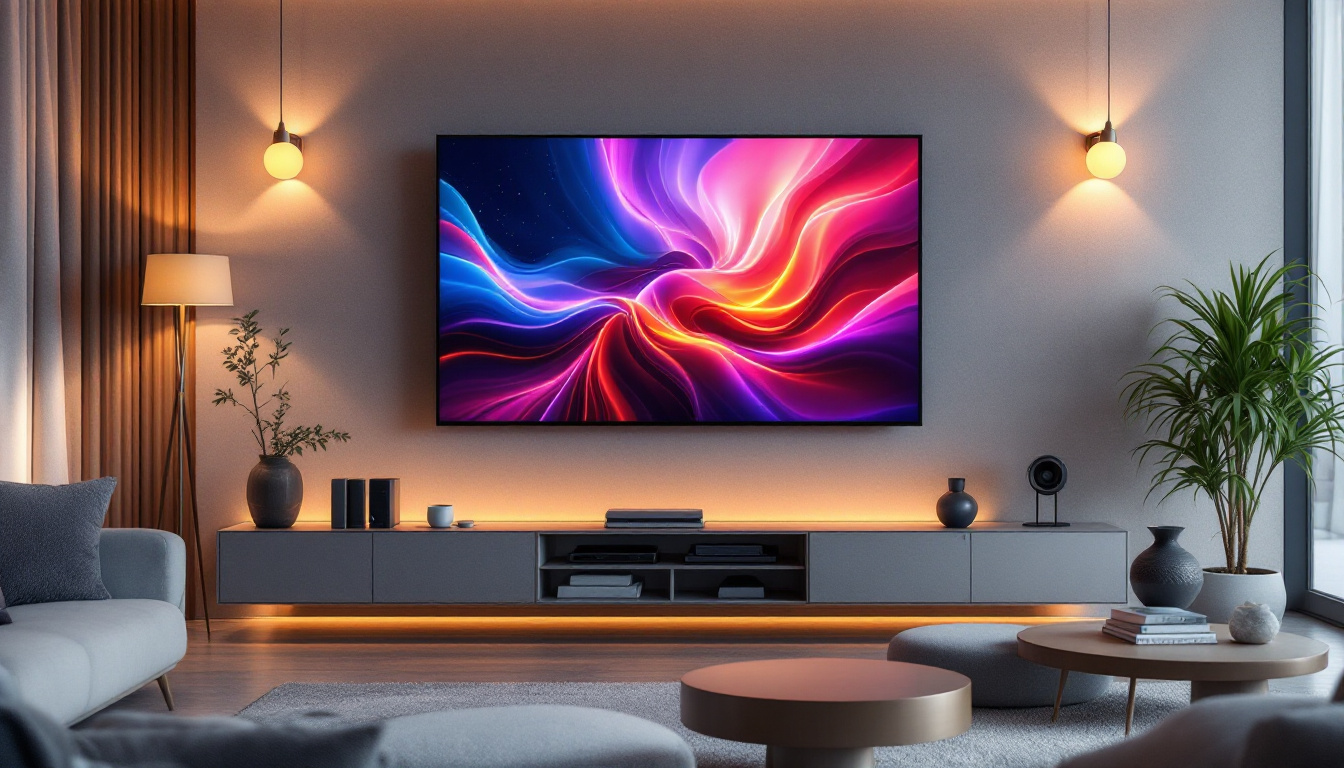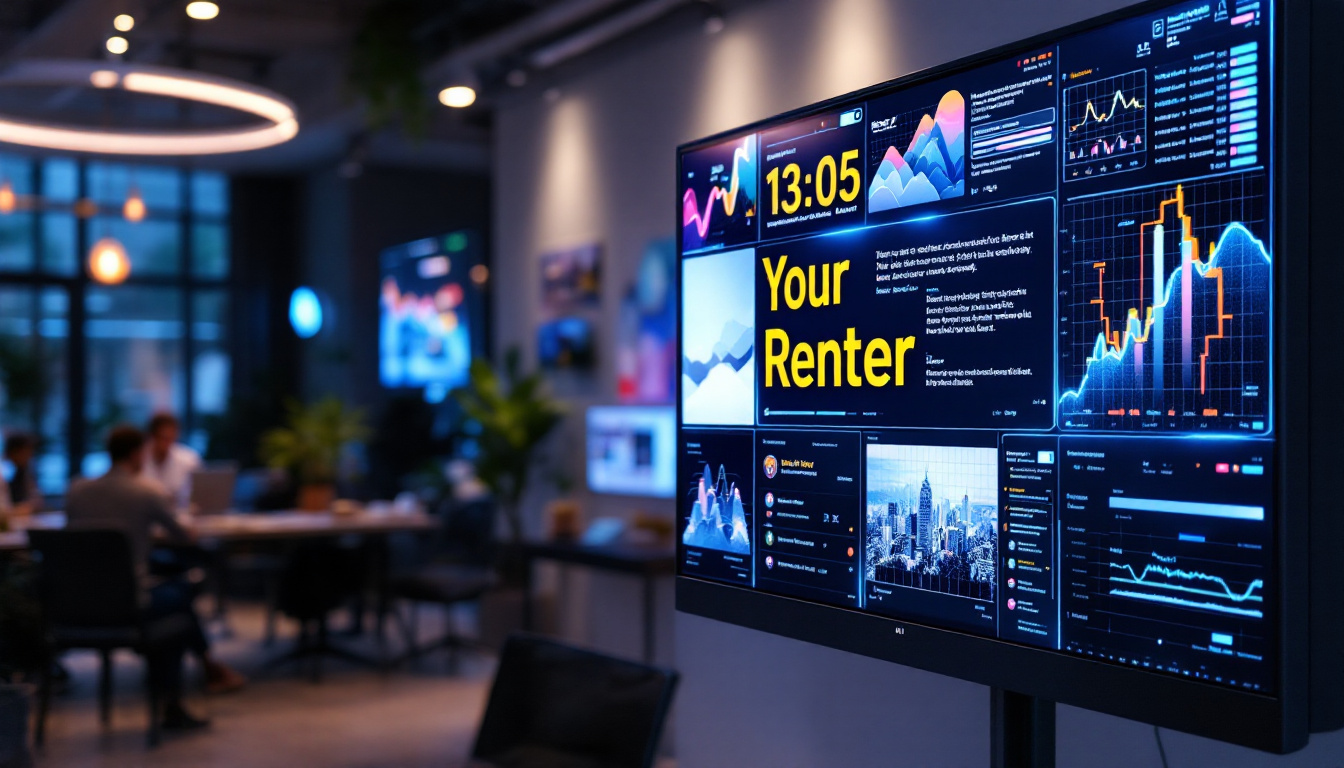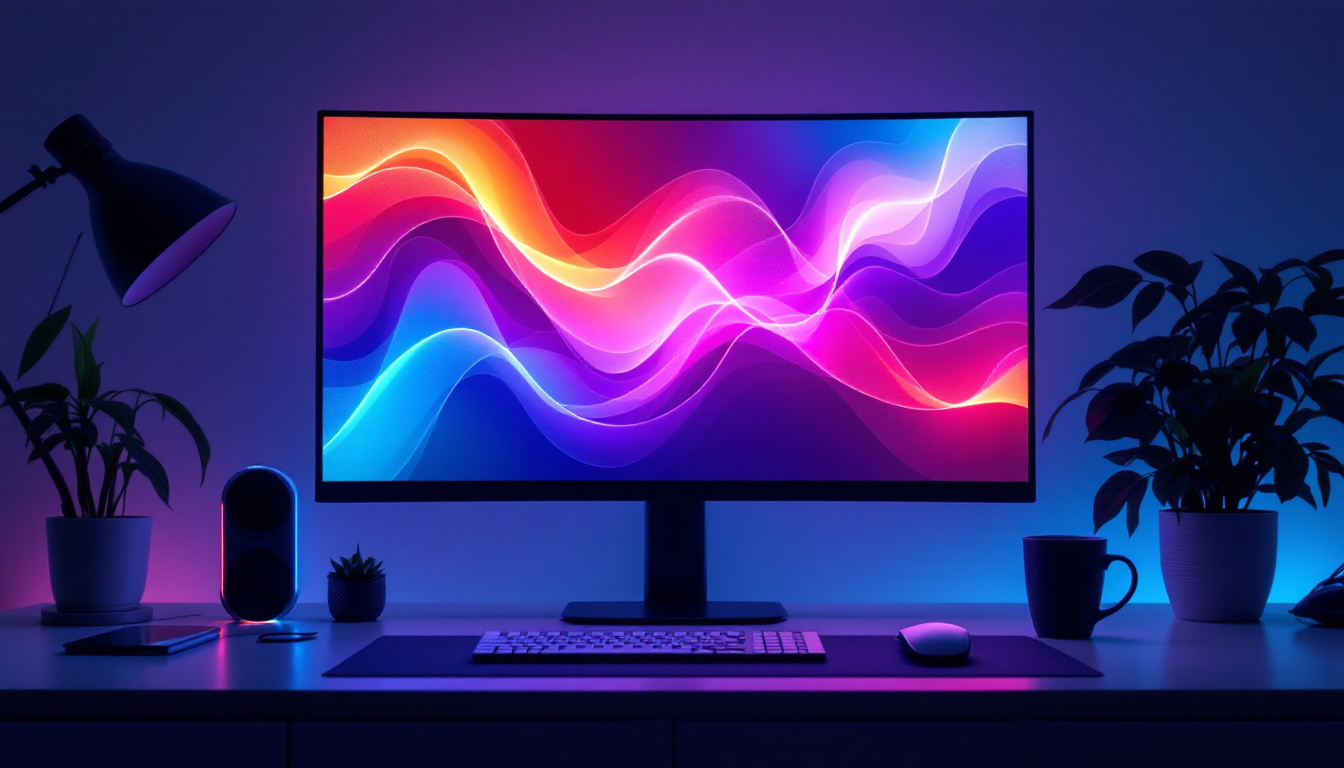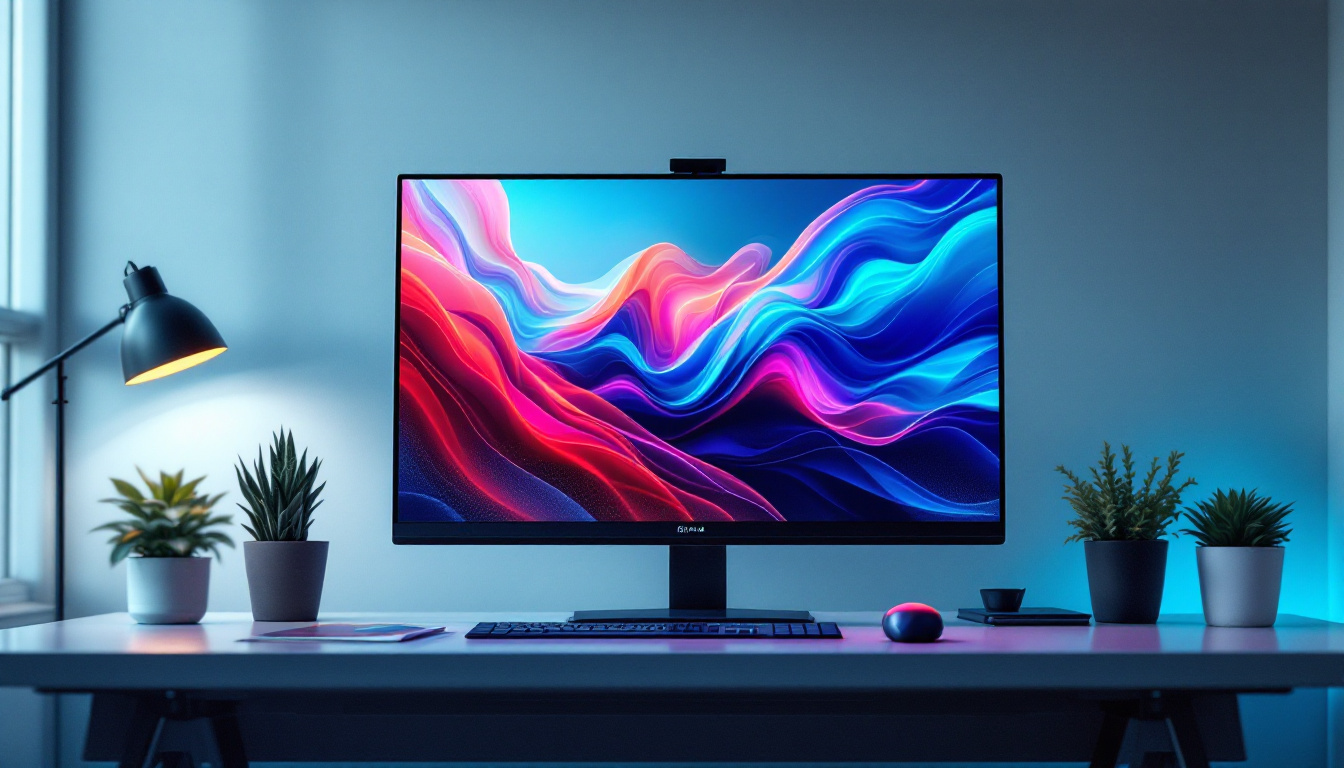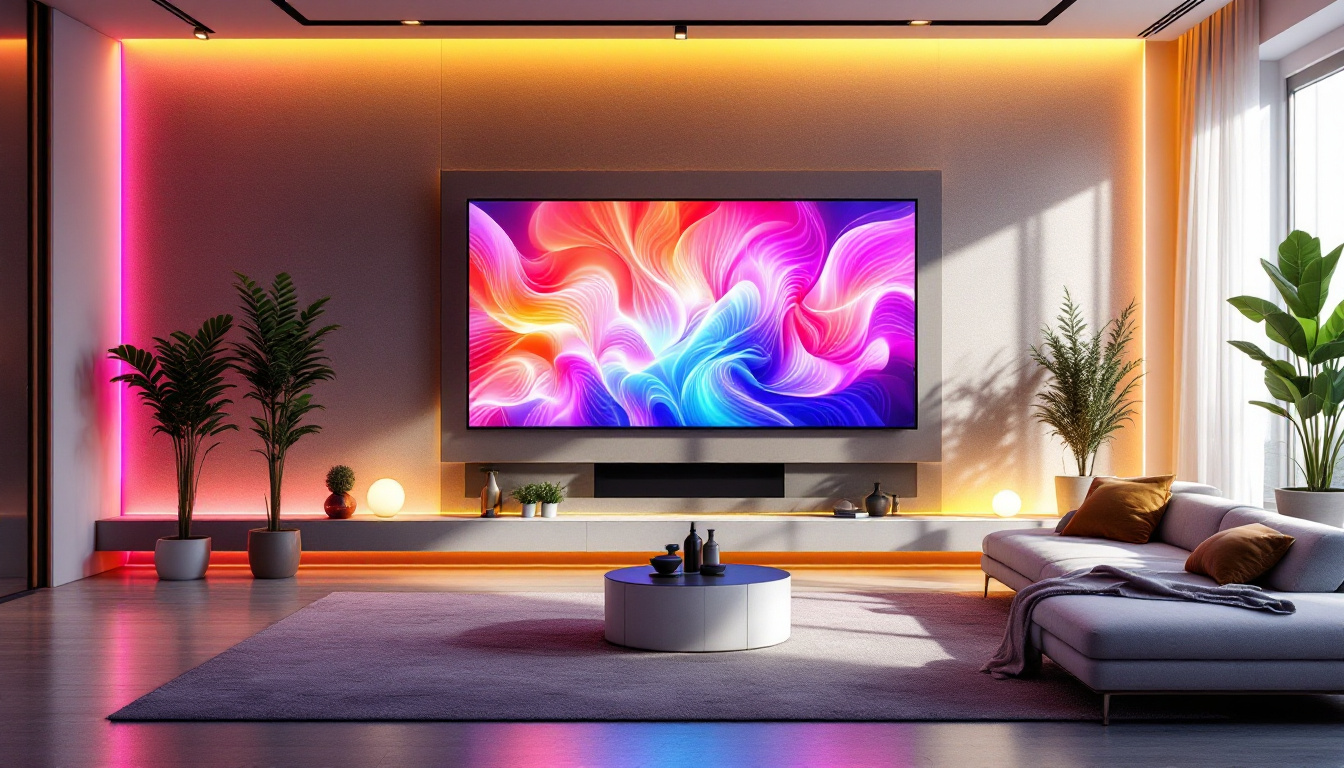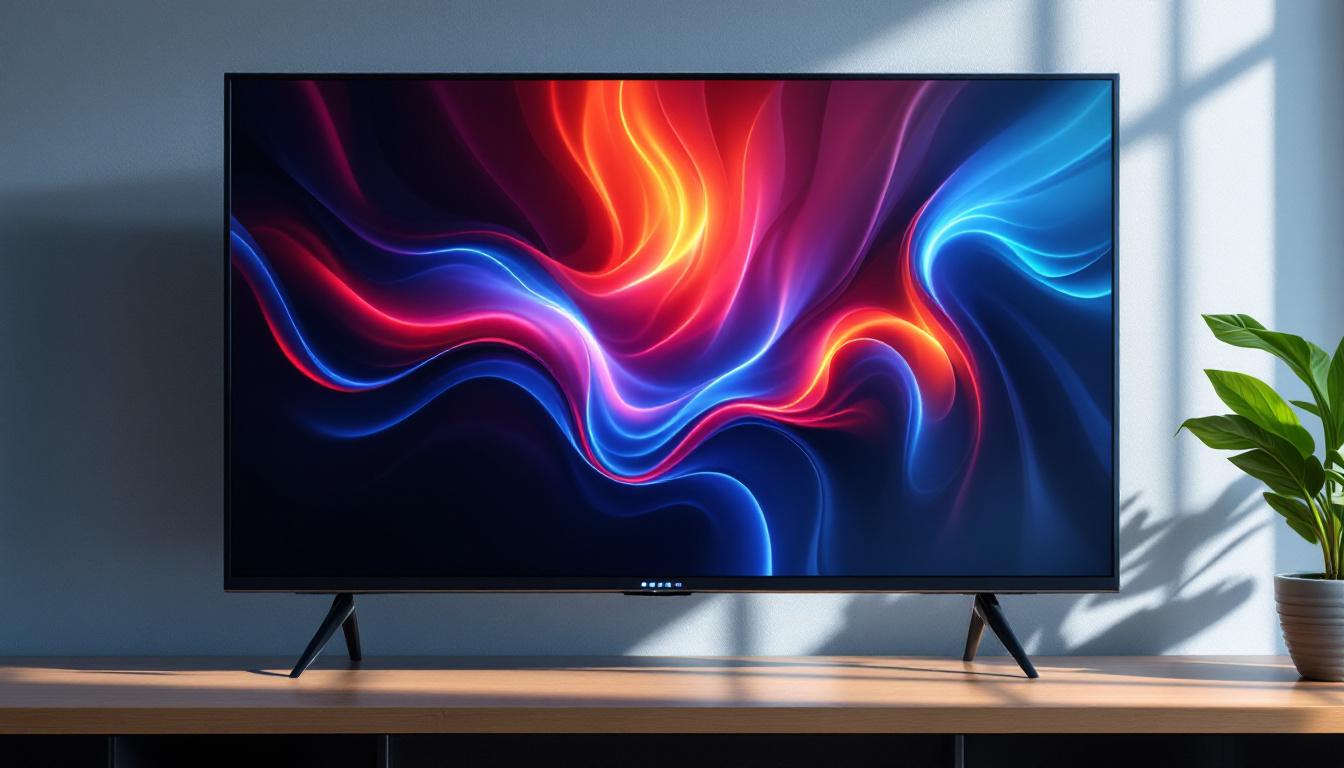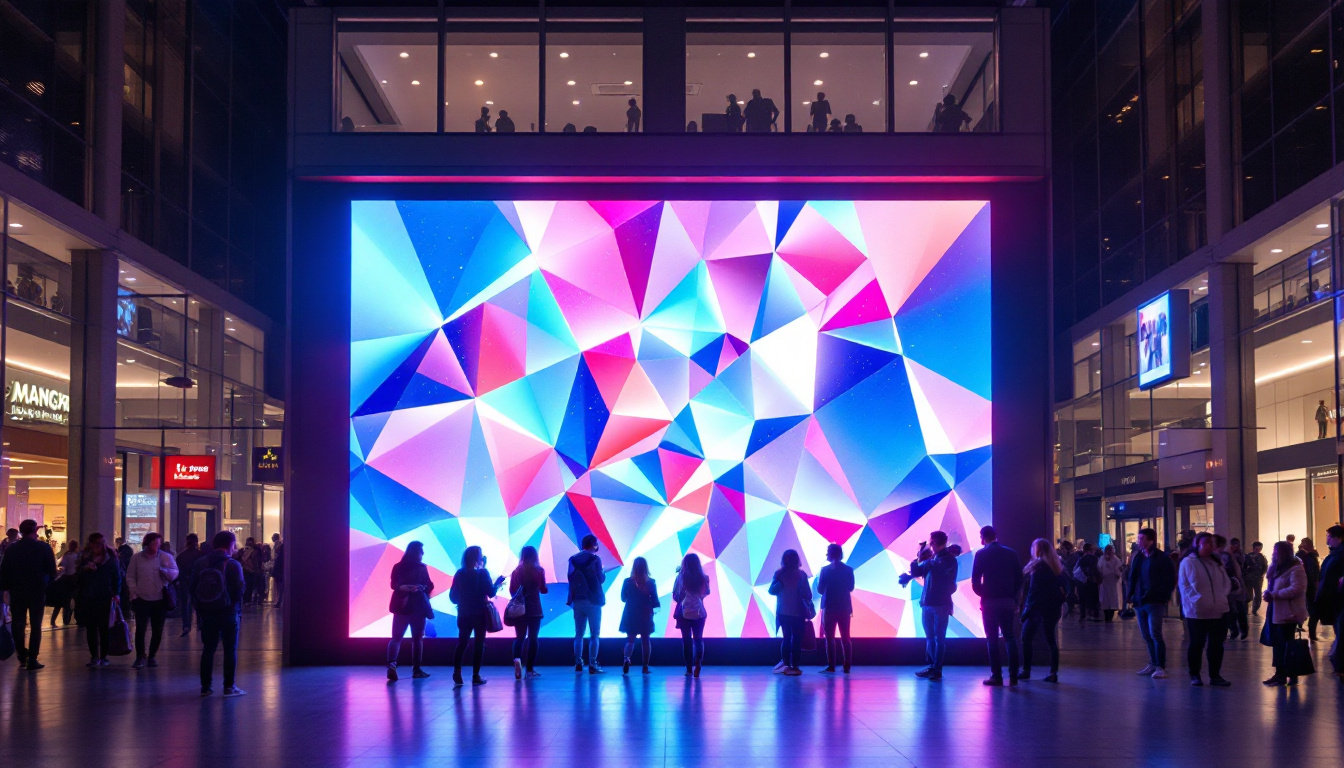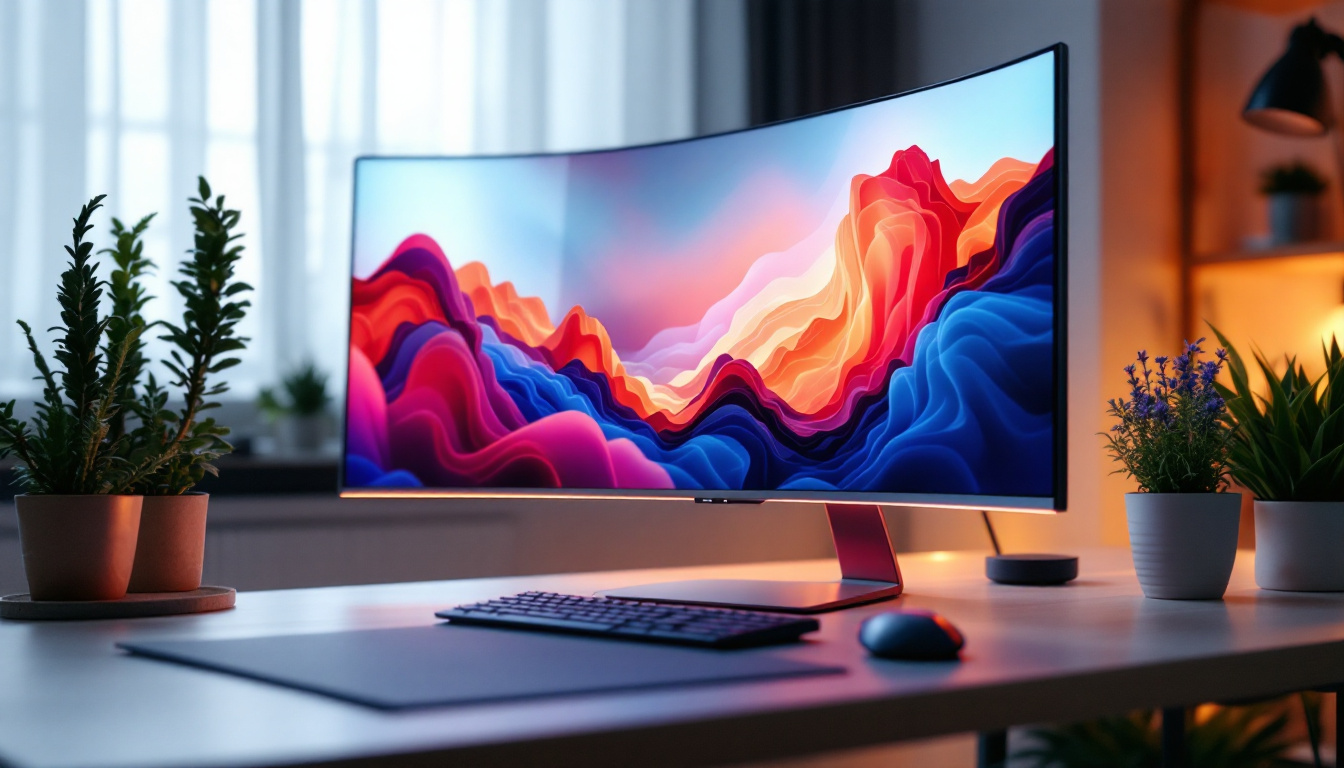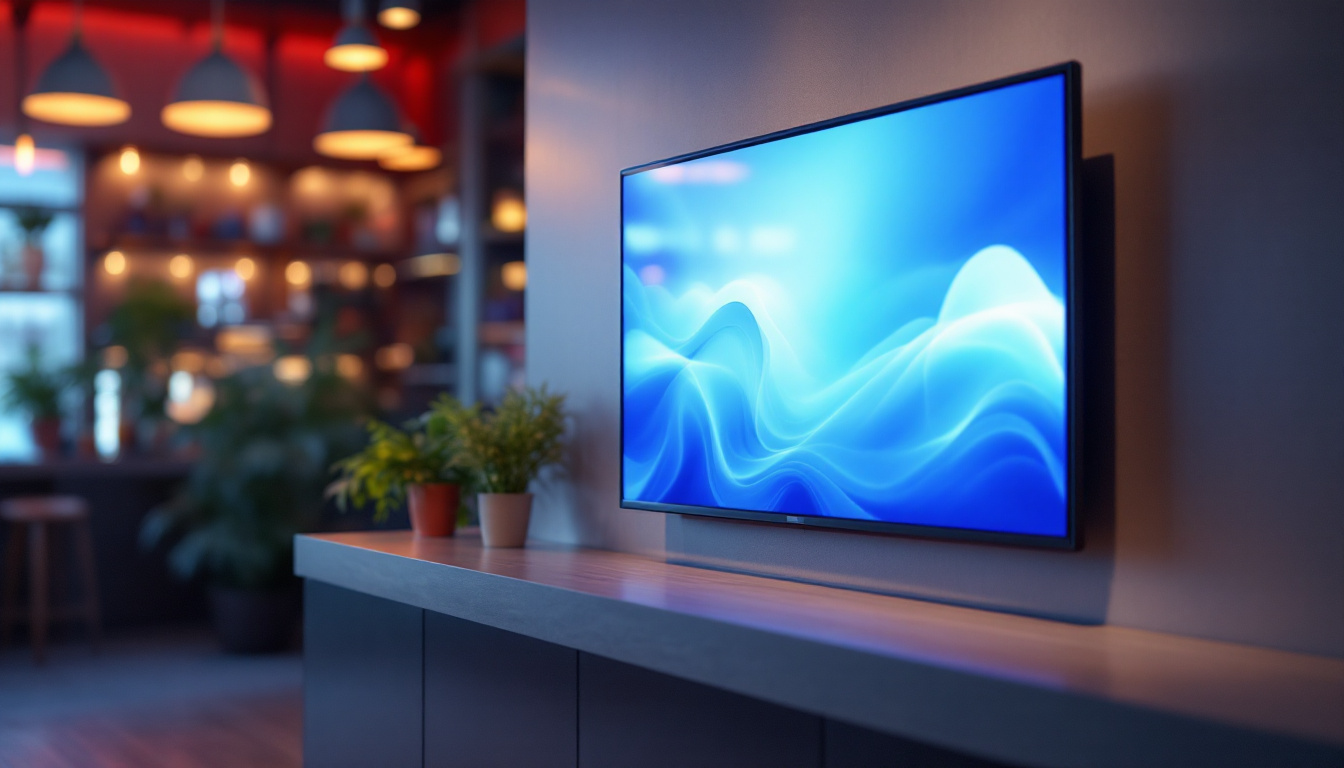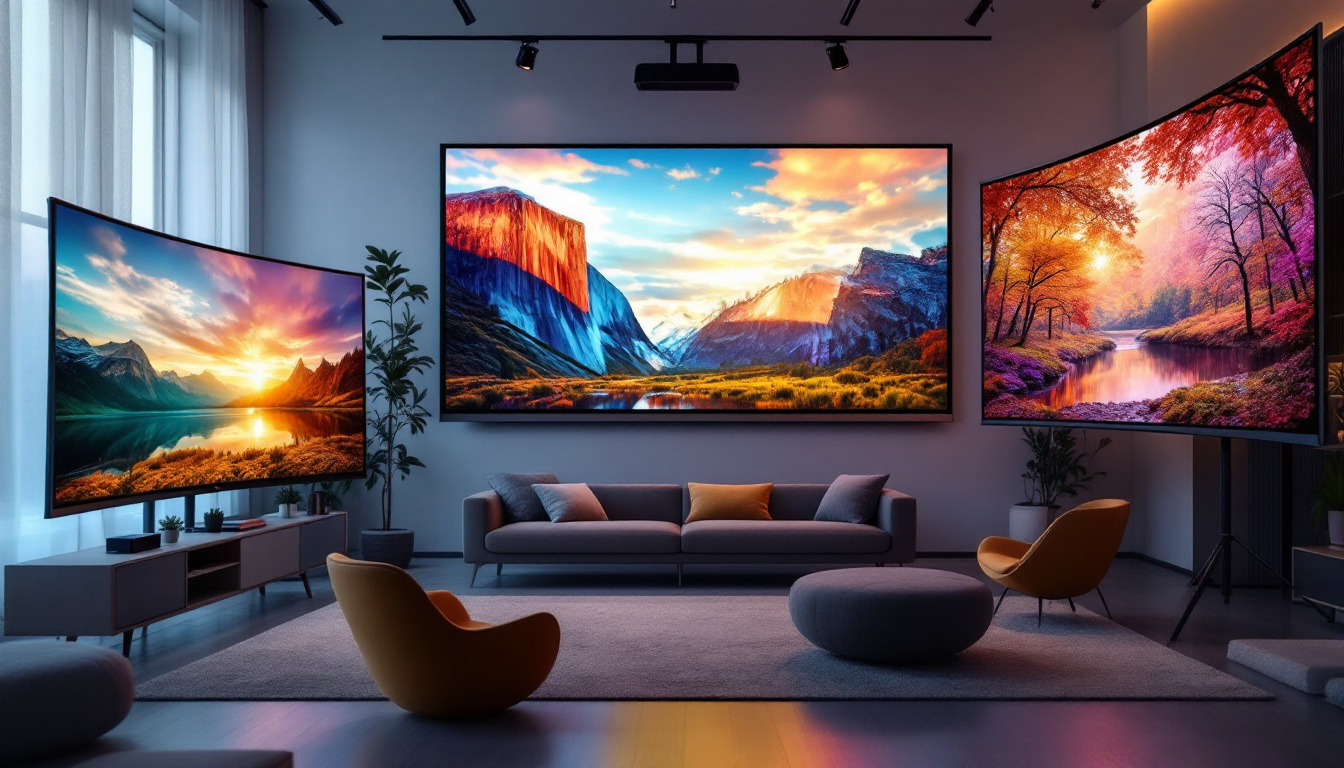The modern workspace has evolved significantly in recent years, with technology playing a pivotal role in enhancing productivity and user experience. Among the various components that contribute to this evolution, the desktop monitor stands out as a crucial element. This article delves into the intricacies of silver desktop monitors, particularly focusing on LED display technology, its benefits, and what to consider when choosing one.
Understanding LED Technology in Monitors
Light Emitting Diode (LED) technology has revolutionized the way displays are manufactured and utilized. Unlike traditional LCD monitors that rely on fluorescent backlighting, LED monitors use small, energy-efficient diodes to produce light. This shift not only enhances the quality of the display but also contributes to a more sustainable approach to technology.
How LED Displays Work
LED displays function by utilizing a matrix of tiny diodes that emit light when an electric current passes through them. These diodes can be arranged in various configurations, allowing for different types of displays such as edge-lit and full-array. Edge-lit displays use LEDs positioned along the edges of the screen, while full-array displays have a grid of LEDs behind the screen, providing more uniform lighting and better contrast.
The ability of LED displays to produce deeper blacks and more vibrant colors is one of the main reasons they have become the preferred choice for many users. This technology allows for a higher dynamic range, making images appear more lifelike and engaging. Furthermore, advancements in LED technology have led to the development of Quantum Dot displays, which utilize nanocrystals to enhance color accuracy and brightness, pushing the boundaries of visual fidelity even further.
Benefits of LED Displays
One of the most significant advantages of LED displays is their energy efficiency. Compared to traditional monitors, LED screens consume less power, which is not only beneficial for the environment but also reduces electricity costs for users. Additionally, LED monitors tend to have a longer lifespan, which translates to fewer replacements and less electronic waste. This longevity is particularly important in commercial settings, where the cost of frequent replacements can add up significantly over time.
Moreover, LED displays offer faster response times, which is essential for activities such as gaming and video editing. This quick response reduces motion blur, providing a smoother viewing experience. The enhanced brightness levels of LED monitors also make them suitable for various lighting conditions, whether in a dimly lit room or a brightly lit office. In recent years, manufacturers have also begun integrating features such as adaptive brightness and flicker-free technology, which further enhance the viewing experience by reducing eye strain during prolonged use. These innovations reflect a growing awareness of user comfort and health, making LED monitors not just a technological advancement, but a thoughtful evolution in display design.
Choosing the Right Silver Desktop Monitor
When selecting a silver desktop monitor, several factors should be considered to ensure that it meets both aesthetic and functional needs. The right choice can enhance productivity while complementing the overall design of the workspace.
Screen Size and Resolution
The screen size of a monitor is a crucial factor that affects user experience. Larger screens provide more screen real estate, allowing for multitasking and improved visibility. Common sizes range from 21 inches to 32 inches, with larger displays becoming increasingly popular for both professional and personal use. A larger monitor can make a significant difference in productivity, especially for tasks that require multiple applications to be open simultaneously, such as coding, graphic design, or data analysis.
Resolution is another critical aspect to consider. Higher resolutions, such as Full HD (1920 x 1080), Quad HD (2560 x 1440), or 4K (3840 x 2160), offer sharper images and more detail. For graphic designers, video editors, and gamers, opting for a higher resolution can significantly enhance the visual experience. Additionally, monitors with higher resolutions can reduce eye strain during long working hours, as they provide clearer text and images, making it easier to focus on intricate details without squinting or leaning closer to the screen.
Panel Types
Different panel technologies can influence the performance and viewing experience of a monitor. The three most common types are In-Plane Switching (IPS), Twisted Nematic (TN), and Vertical Alignment (VA). IPS panels are known for their excellent color accuracy and wide viewing angles, making them ideal for creative professionals. TN panels, on the other hand, offer faster response times but may sacrifice color quality and viewing angles. VA panels provide better contrast ratios, making them suitable for watching movies and gaming. It’s also worth noting that some monitors combine these technologies to offer a balance of speed and color fidelity, catering to a wider range of users.
Furthermore, the choice of panel type can also impact the monitor’s performance in different lighting conditions. For instance, IPS panels tend to perform better in bright environments due to their superior color reproduction and viewing angles, while TN panels can struggle with color shifts when viewed from off-angles. Understanding these nuances can help users select a monitor that not only fits their aesthetic preferences but also performs optimally in their specific workspace conditions, whether at home or in a professional setting.
Design and Aesthetics
The design of a monitor can significantly affect the overall aesthetics of a workspace. Silver desktop monitors not only provide a sleek and modern appearance but also blend well with various office environments. The choice of a silver finish can enhance the visual appeal of the monitor while maintaining a professional look. Additionally, the minimalist design often found in silver monitors can create a sense of openness and sophistication, making them ideal for both home offices and corporate settings. Their reflective surfaces can also add a touch of elegance, catching the light and creating a dynamic visual element in the room.
Ergonomics and Adjustability
Ergonomics is an essential consideration when selecting a desktop monitor. A monitor that can be adjusted for height, tilt, and swivel can help reduce strain on the neck and eyes, promoting a more comfortable working environment. Some models even offer features like blue light filters and flicker-free technology to minimize eye fatigue during extended use. These features are particularly important for professionals who spend long hours in front of screens, as they can significantly enhance productivity and overall well-being.
Investing in an ergonomic monitor stand or arm can further enhance adjustability, allowing users to position their screens at eye level and reduce clutter on their desks. This not only improves comfort but also contributes to a more organized workspace. Furthermore, many modern stands come with integrated cable management systems, helping to keep cords neatly tucked away and reducing the visual chaos that can accompany multiple devices. This attention to detail not only fosters a more pleasant working atmosphere but can also inspire creativity and focus.
Connectivity Options
Modern monitors come equipped with a variety of connectivity options to accommodate different devices. Common ports include HDMI, DisplayPort, USB-C, and VGA. Ensuring that the chosen monitor has the necessary ports for compatibility with laptops, desktops, and other peripherals is crucial for seamless integration into the workspace. As technology evolves, the importance of having versatile connectivity options cannot be overstated, as it allows users to easily switch between devices without the hassle of constantly plugging and unplugging cables.
Some monitors also offer built-in USB hubs, which can be convenient for connecting multiple devices without cluttering the desk with cables. This feature can enhance productivity by providing easy access to USB ports for charging and data transfer. Additionally, many newer models support wireless connectivity options, allowing for a cable-free setup that can further declutter the workspace. This is especially beneficial in collaborative environments, where multiple users may need to connect their devices to the monitor quickly and efficiently, fostering a more dynamic and interactive work experience.
Performance and Features
The performance of a monitor is determined by several factors, including refresh rate, response time, and color accuracy. For gamers and video editors, a higher refresh rate (measured in Hertz) can provide a smoother experience, while a lower response time minimizes motion blur during fast-paced action.
Refresh Rate and Response Time
The refresh rate of a monitor indicates how many times the screen updates per second. A higher refresh rate, such as 144Hz or 240Hz, is particularly beneficial for gaming, as it allows for smoother motion and reduces input lag. For general office work and media consumption, a standard refresh rate of 60Hz is often sufficient.
Response time, measured in milliseconds, indicates how quickly a pixel can change from one color to another. Lower response times are preferable for gaming and fast-moving visuals, as they help prevent ghosting and blurring. Monitors with a response time of 5ms or lower are typically recommended for gaming enthusiasts.
Color Accuracy and Calibration
Color accuracy is vital for professionals who rely on precise color representation, such as graphic designers and photographers. Monitors with high color accuracy ratings, often measured in Delta E, ensure that colors are reproduced faithfully. Many modern monitors come factory-calibrated, but users can also perform manual calibration using calibration tools for even greater accuracy.
Some monitors support wide color gamuts, such as AdobeRGB or DCI-P3, which allow for a broader range of colors to be displayed. This feature is particularly advantageous for creative professionals who require accurate color representation in their work.
Conclusion
In summary, the silver desktop monitor equipped with LED display technology offers a blend of aesthetic appeal and functional performance. With advancements in technology, users can enjoy vibrant colors, energy efficiency, and a variety of features tailored to their specific needs. Whether for professional tasks or personal use, selecting the right monitor involves careful consideration of screen size, resolution, panel type, ergonomics, connectivity, and performance.
As the workspace continues to evolve, investing in a high-quality monitor can significantly enhance productivity and user experience. By understanding the various aspects of LED display technology and the features available in silver desktop monitors, users can make informed decisions that meet their requirements and elevate their work environment.
Discover LumenMatrix LED Display Solutions
Ready to elevate your workspace with the latest in LED display technology? Look no further than LumenMatrix, where innovation meets visual brilliance. Our extensive range of LED display modules, from Indoor and Outdoor LED Walls to specialized solutions like Vehicle Displays and Custom LED Displays, is designed to bring your visual communication to life. Experience the transformative power of LED technology and let your brand shine with unparalleled clarity and impact. Check out LumenMatrix LED Display Solutions today and take the first step towards a more engaging and productive environment.

